detail profile p c4 93teris krilovs
Peran Yang Di Mainkan Pēteris Krilovs
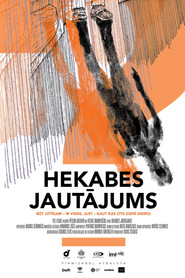 Direct and meticulous observation of interpersonal...
Direct and meticulous observation of interpersonal...Hekabe's Question 2022
Direct and meticulous observation of interpersonal relations is a classic subject in documentary films. In this film the title of which alludes to “Hamlet”, we will observe the birth of compassion in people. Compassion is something that has to be dealt with in very rigorous terms, something that needs to be stripped of the layers of clichés that this word has amassed over the years. Is it always a true feeling or just an imitation? How does a deep compassion spring forth? Who are the true “masters of compassion” and what are they like?
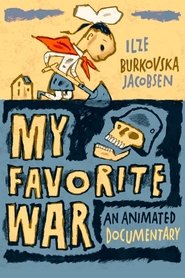 Ilze Burkovska a little girl who...
Ilze Burkovska a little girl who...My Favorite War 2020
Ilze Burkovska, a little girl who is obsessed with stories of World War II and will be a filmmaker in a distant future, lives in Latvia under the totalitarian boot of the Soviets and the ominous shadow of the many menaces and horrors of the Cold War.
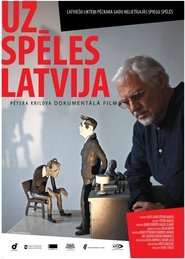 The code to unlocking this feature...
The code to unlocking this feature...Obliging Collaborators 2014
The code to unlocking this feature documentary is 1949, the year the director was born, and also the year of the return of Soviet repressions to Latvia. The film tells a very personal story against the background of less visited historic events – the death of director’s father due to the KGB repressions, which is closely linked to the devious game Soviet Latvia’s KGB played against Swedish-British-American spy agencies.
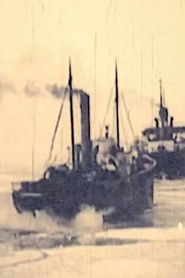 In the Gulf of Finland shipwreck...
In the Gulf of Finland shipwreck...Icebreaker Krišjānis Valdemārs 2012
In the Gulf of Finland shipwreck hunters come across the remains of a sunken ship. Having examined the images obtained by an underwater robot, researchers come to a conclusion that the wreck remains are that of “Krišjānis Valdemārs” – independent Latvia´s first icebreaker. The story of an icebreaker allows viewers to the look at the history of Latvia between wars from a new angle and provides insights into the little known, but fascinating episodes of a maritime history.
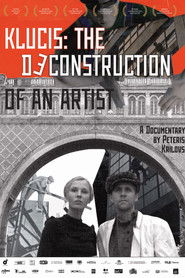 Latvian artist Gustavs Klucis embraced the...
Latvian artist Gustavs Klucis embraced the...Klucis. The Deconstruction of an Artist 2008
Latvian artist Gustavs Klucis embraced the technological revolution of the early 20th century and applied it to his art, becoming a classic of Russian constructivism. He created photo-montage and Lenin’s public image, and became the most important Soviet artist. Killed by Stalin’s regime, his artistic career poses many unanswered questions. This documentary reveals many secrets and intimate moments of his dramatic personality – the unequal duel between the Artist and the Power.
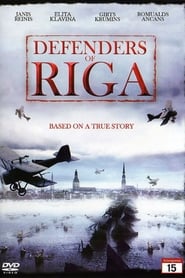 The film dramatizes November 11 1919 a crucial...
The film dramatizes November 11 1919 a crucial...Defenders of Riga 2007
The film dramatizes November 11, 1919- a crucial date in the battle for Latvian independence. A year after the end of the official hostilities of WWI, a renegade German general and troops remain outside the Latvian capital. Latvian riflemen, most of them inexperienced volunteers, somehow managed to defeat a larger, better-armed force of German and Russian mercenaries.
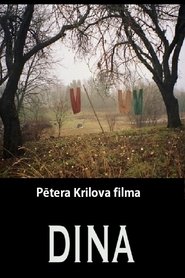 Jnis was an actor respected and...
Jnis was an actor respected and...Dina 2005
Jānis was an actor – respected and in demand. Dina came to the Liepāja Theatre to become an actress. In the summer of 1992, Jānis fell off the roof of his house, broke his back and was partially paralysed. The doctors promised things would get better but they didn’t. They now live in a harsh reality which seems unbearable.
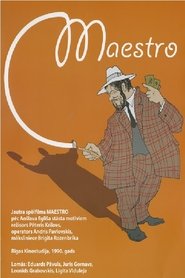 An ecranisation of an Anlavs Egltiss...
An ecranisation of an Anlavs Egltiss...Maestro 1990
An ecranisation of an Anšlavs Eglītis's novel of the same title is an ironic story about the Latvian art scene during the 30ies.
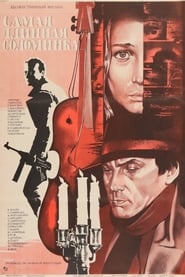 Postwar Latvia Francis gang operates in...
Postwar Latvia Francis gang operates in...The Longest Straw 1982
Post-war Latvia. Francis' gang operates in a small town and the new KGB agent Juris Vilks has been asked to infiltrate his gang and gain his confidence.
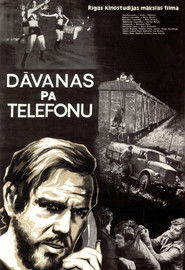 After the train conductor Ptersons receives...
After the train conductor Ptersons receives...Gifts over the Phone 1978
After the train conductor Pētersons receives money transfer from an unknown source, he suspects foul play involving the cargo he's transporting. He decides to do his own investigation into the matter, not realizing that he's putting himself and those around him in danger.

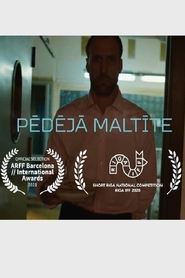 A bureaucrat who has just declared...
A bureaucrat who has just declared...
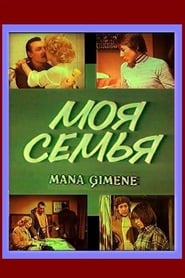 After his family was introduced on...
After his family was introduced on...